- Home
- Inspirations
- Wallpaper, linoleum and a flavour of Spain
Wallpaper, linoleum and a flavour of Spain
Migration of patterns from non-knitted sources
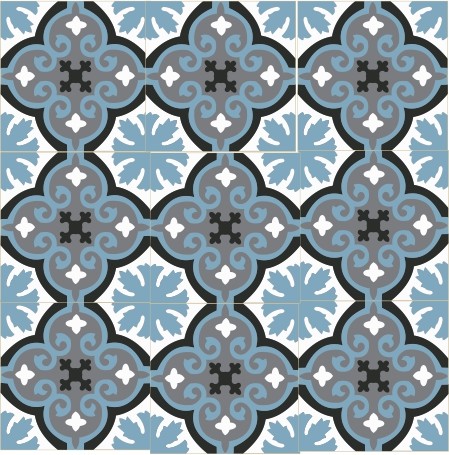
Some patterns are said to have made their way into Fair Isle knitwear from household objects such as wallpaper and linoleum. Often these patterns have a Spanish flavour, and seem to have entered Fair Isle mainly in the early part of the 20th century, and also around the 1970s.
Whilst Fair Isle had become popular in in the early 20th century, few patterns had been written down. At the same time some households would have begun to include factory-made objects such as wallpaper, tea caddies and tiles, and the patterns on these items must have been irresistible to knitters.
Later, in the 1970s, the oil industry brought to Shetland an influx of families from elsewhere in the UK, and around the same time the domestic handframe machine became widely available. There was again a great surge of interest in Fair Isle knitting, and home knitting businesses were set up by incomers and natives alike. Perhaps partly due to the speedier experimentation the handframe machines allowed, and perhaps also because the incomers brought a fresh 'eye' to pattern-making, a great many new patterns entered Fair Isle knitwear at this time. Christine Arnold in her paper on the gender dynamic in Fair Isle knitwear reflects on the floral aspect of many of the patterns worn by men. She refers to some 1970s patterns as reflecting the wallpaper, linoleum and printed cottons of women’s dresses and aprons of the period.
Several writers including Sheila McGregor refer to Fair Isle patterns that have been copied from lace curtains and linoleum. Mary Smith, in researching for her excellent Shetland Knitter’s Notebook, visited Maggie Anne Nicolson in Burravoe, Yell around 1990. Mrs Nicolson showed Smith patterns that she had developed from various non-knitted sources such as glass doors and biscuit tin lids.
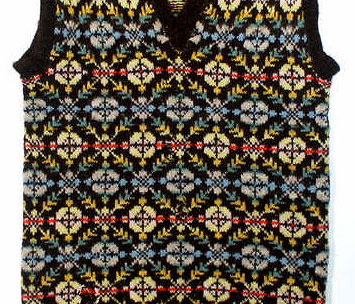
This pattern is sometimes called the lino pattern. It is thought to have been inspired by linoleum. It was used on a jumper presented to Winston Churchill in the First World War.
This garment is in the Shetland Museum's collection.
Many of these patterns have a Spanish flavour. There are many possible connections and links that might have brought this about, including the following route.
In Victorian times, as a result of new techniques, inlaid ceramic tiles (for floors and walls) began to be mass-produced. During the same period the highly influential architect and designer Owen Jones made a major study of Moorish tilework at the Alhambra Palace in Granada, Andalusia. This study inspired much of his later work and publications. As a leading figure in Victorian design reform, Jones designed several of the courts or rooms for the Great Exhibition of 1851. This was both a huge event and a long-standing attraction pulling in great numbers of visitors; it inspired generations of designers.
Jones was passionate about the education of new designers; he lectured and wrote articles, and advised on the development of teaching collections. In 1856 he published his most influential book, the Grammar of Ornament. This beautiful designer's source book was used in art and design schools for many decades, and is still inspiring today.
A plate from Owen Jones' The Grammar of Ornament
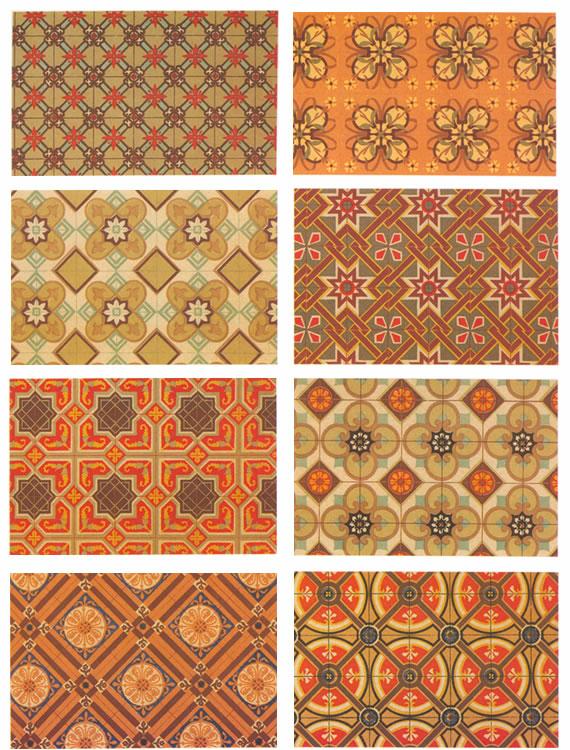
Linoleum designs from the 1960s
It is therefore not surprising to see both Jones' influence and a Moorish pattern style in Victorian floor and wall tiles. These Victorian tiles were subsequently the inspiration for much of the linoleum and wallpaper design in the 20th century. These mass-produced coverings in their turn, on the floors and walls of the Shetland knitter's home, became the source for strange new motifs that were carried forward in the body of Fair Isle pattern.
The movement of patterns around the globe has meant that the exotic is always strangely familiar. Walk on a Spanish tiled floor, and the linoleum of a 1960s croft kitchen comes to mind. Pick up a certain Fair Isle jumper, and see the wallpaper in a room where a woman sits knitting.
JF
|
|
|
References:
Arnold, C. An Assessment of the Gender Dynamic in Fair Isle (Shetland) Knitwear, in Textile History; 41, 1; 86-98. 2010
Fryer, L. G. Knitting by the fireside and on the hillside": A history of the Shetland hand knitting industry c.1600-1950. Lerwick: Shetland Times. 1995.
Jones, O. The Grammar of Ornament. London. A & C Black. 2008
McGregor, S. The Complete Book of Traditional Fair Isle Knitting. London. B T Batsford. 1981
McGregor, S. The Complete Book of Traditional Scandinavian Knitting. London. St Martins Press. 1984
Smith M & Bunyan, C. A Shetland Knitters Notebook. Lerwick: The Shetland Times Ltd. 1991. Probably my favourite book on Fair Isle knitting. Smith travelled around the islands of Shetland speaking to knitters and gathering folk history to produce a fascinating insight into the development of Fair Isle.
Starmore, A. Book of Fair Isle Knitting. The Taunton Press. Newtown, Connecticut, 1988.
The Shetland Museum has several fascinating displays of Fair Isle knitwear from various times. My thanks to the Curator Dr Ian Tait for his information.
The museum store is available for anyone to visit by appointment. My thanks to Curator Dr Carol Christiansen for her time and expertise.
The Shetland Museum Photo Archive is a searchable database with many examples of Fair Isle knitwear throughout its history.
An article on The Grammar of Ornament by Fiona Melhuish of the University of Reading Library's Special Collections.

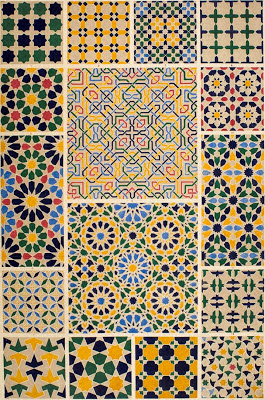
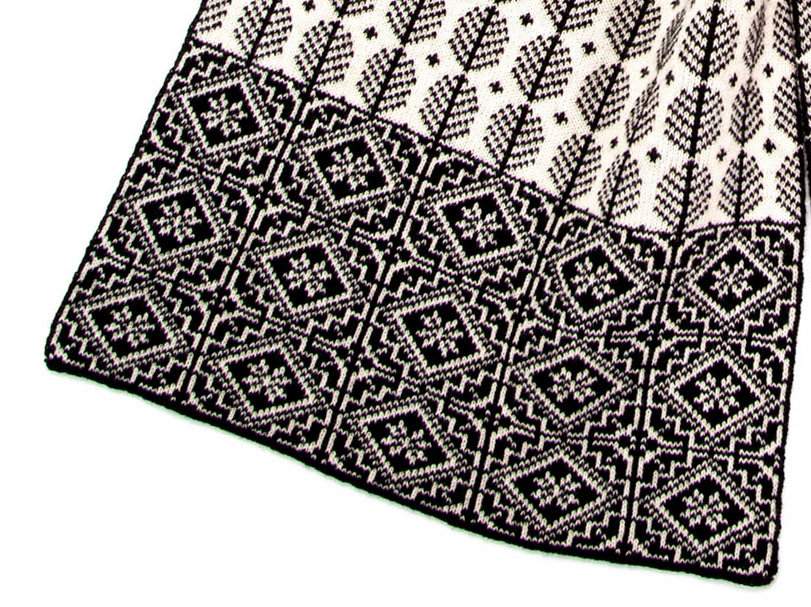
.jpg)